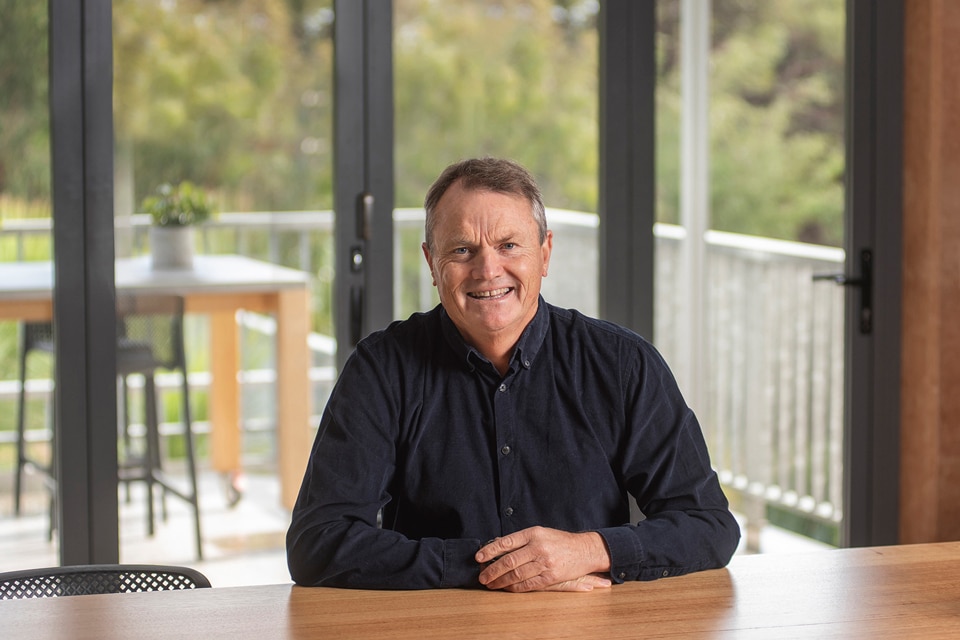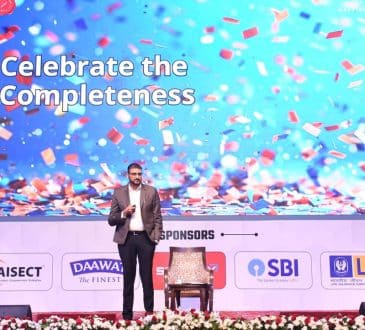How to maximize the value of your business

In my capacity as a business mentor, I was recently contacted by an owner I was supporting called Bruce. He had just received an offer for his business. This was totally out of the blue. Bruce was ringing me to help him decide whether to accept or reject this offer. I had been doing a lot of work with Bruce to help him document his owner’s vision. This work gave me a lot of clarity about what Bruce wanted so I was in a good position to support Bruce. The potential buyers made an offer that had a covenant that I knew would kill the deal. The valuation was contingent upon Bruce remaining in the business for 5 years. Bruce founded his SME to be able to build the business his way. He did not want to work for anyone else. I knew that those 5 years were likely to be painful and he would not stay. Given the valuation was contingent on his employment, this was a poor deal for Bruce.
My recommendation to Bruce was to continue to work on his business and prove that the business can work without him. In this way the valuation can be maximized, and a deal can be structured free of covenants.
Therefore, if we want to maximize the value of the business, what are the metrics that can be used to determine its value. Prior to exploring these metrics, it is important to state that the value is what a willing buyer is prepared to pay. However, by exploring these metrics, you might find that they become key measures to determine business health. You effectively build your business as if you are a potential buyer.
Business Health Metrics (A suggested list)
By building the capability to measure the following data in your business you are taking the first step to building value. Once this data is known it can then be improved and used as evidence in any value negotiation. However, it is just good practice for your business because you are building resilience. This resilience is what a future buyer wants.
All the following are in addition to the Profit & Loss statements and Balance sheet statements.
Leadership (Evidence that the business can be led beyond the Founder)
- Organisation leader capability beyond the Founder
- Evidence of strategy formation & implementation
- Evidence of cultural leadership (beyond the founder)
Cultural (Evidence that the culture will hold beyond the Founder)
- Employee retention data
- Employee engagement data
- Employee motivation
- Team effectiveness data
Economic engine performance (beyond financial)
- Current pipeline status
- Customer loss data
- Customer longevity
- Customer revenue concentration (measure of customer risk)
- Business model risk
- Proof that customers and partners are not ‘attached’ to the Founder
Systems (Knowledge of the Founder)
- Capture of knowledge into sustainable Intellectual Property
Being Sales Ready
I think it is wise for owners to be ready for sale even if they have no intention to sell. By building the capabilities to capture metrics like those described above, you will be sales ready. You will be maximizing your valuation by striving to get good results in each of these areas. Also, the buyers are often far more experienced than you. You may sell a business once in your life, and they have done it many times. However, the common element in all business sales is the due diligence phase that the buyer will do to mitigate the risk of their purchase. I have learnt that the metrics described above fit well in answering the due diligence questions.
You might struggle to invest time in doing this work. However, the following story gives a good argument as to why you should. In talking to an owner-leader about the sale of her business, she seemed a bit impatient about the work she had to do. I said, ‘Can you please tell me about how much effort you put into the last sale you made in your business?’ She said, ‘Two weeks for a $100,000 order.’ I said, ‘Give me an approximate figure of how much the business could sell for.’ She said, ‘$5 million.’ I said, ‘So would it not make sense that you spend 50 ($5 million ÷ $50,000) times two weeks, so 100 weeks, on the sale of your business?’
To maximise the value of your business, invest in the time to working in the role of Owner. In that role explore what the measures are that describe the health of your business. Continue to explore how to use these metrics in the calculus for the final business valuation. Remember the buyer will make the offer but you have developed the negotiating evidence. Finally, I recommend building the business as if you were the prospective buyer.
Written by Bill Withers.
Have you read?
Best CEOs. Best Companies. Richest People (Billionaires). Richest Women (Billionaires). Richest in Each Country (Billionaires).
Bring the best of the CEOWORLD magazine's global journalism to audiences in the United States and around the world. - Add CEOWORLD magazine to your Google News feed.
Follow CEOWORLD magazine headlines on: Google News, LinkedIn, Twitter, and Facebook.
Copyright 2025 The CEOWORLD magazine. All rights reserved. This material (and any extract from it) must not be copied, redistributed or placed on any website, without CEOWORLD magazine' prior written consent. For media queries, please contact: info@ceoworld.biz








